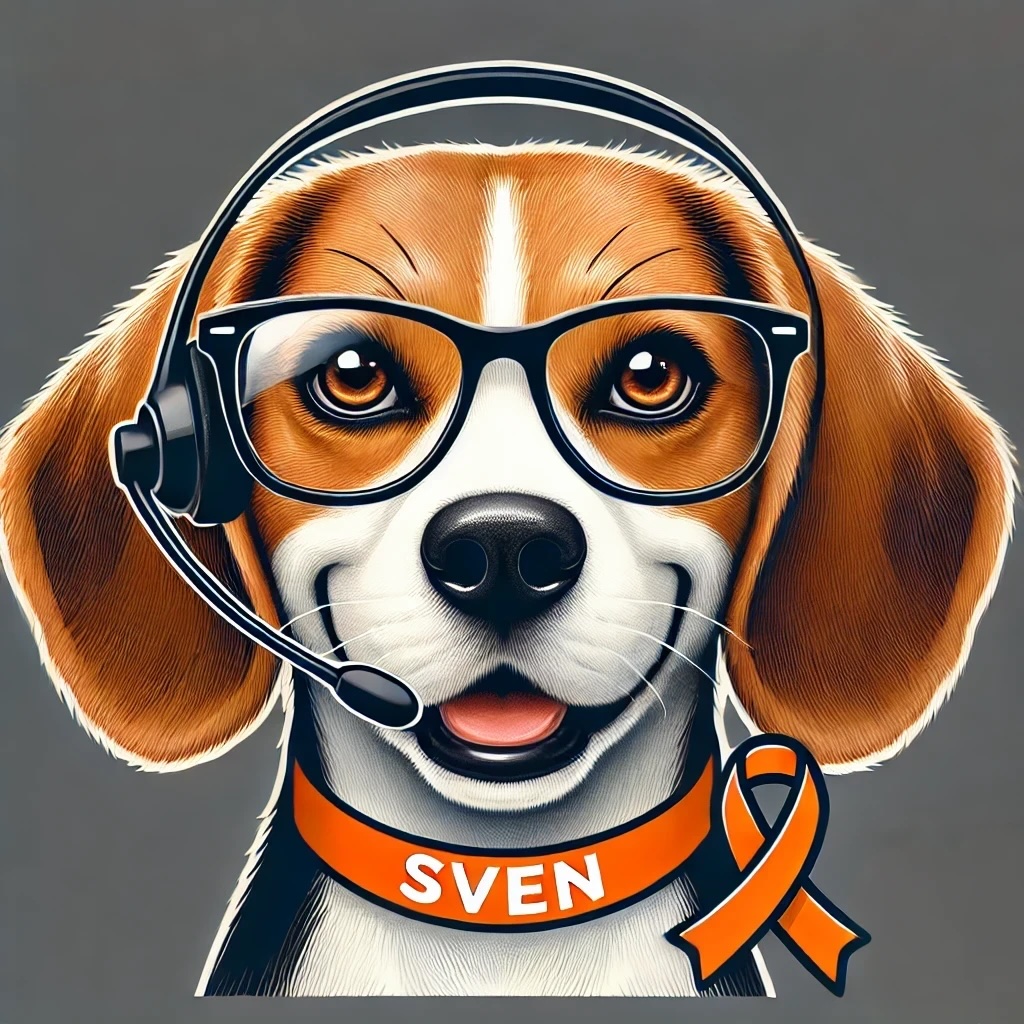- Home
- About Us
- Membership
- Information for Parents
- Annual Conference
- Training
- Publications/Products
Standards For Supervised Visitation Practice8.0 Safety & Security8.1 PurposeThis section sets forth general safety and security requirements for providers of supervised visitation. 8.2 General Policy for Safety
8.3 Declining Unsafe CasesA provider must refuse to accept any case when the safety needs and risks presented by the family are considered by the provider to have a substantial likelihood of being greater than the provider can manage. 8.4 Client RelationshipThe physical safety measures described in this section are not a substitute for maintaining a relationship with each client that will help reduce potential risks of harm. This means treating each client with respect and fairness. 8.5 General Policy for SecurityA provider must make reasonable efforts to ensure that security measures are provided. Providers must have written policies and procedures that include, but are not limited to:
8.6 Additional Security Measures in High-Risk SituationsWhen there is any risk of violent behavior or highly conflicted interaction by one parent against the other or between parents, providers must have:
8.7 Case ScreeningProviders must maintain policies and procedures to screen for risk in each case. A provider's safety policies and security measures are not a substitute for screening for potential risks of harm 8.8 Staff to Client RatioThe ratio of supervisor to child must be tailored to each case. In cases requiring supervision of more than one child, a provider must consider having more than one visit supervisor present during visitation (also see section 9.4(1)). Visit supervisor to client ratio will depend on:
8.9 Critical IncidentsA provider must have written policies and procedures regarding critical incidents, including recording, reporting, and actions taken to resolve the incident. See also section 17.2.2 in this document. |

